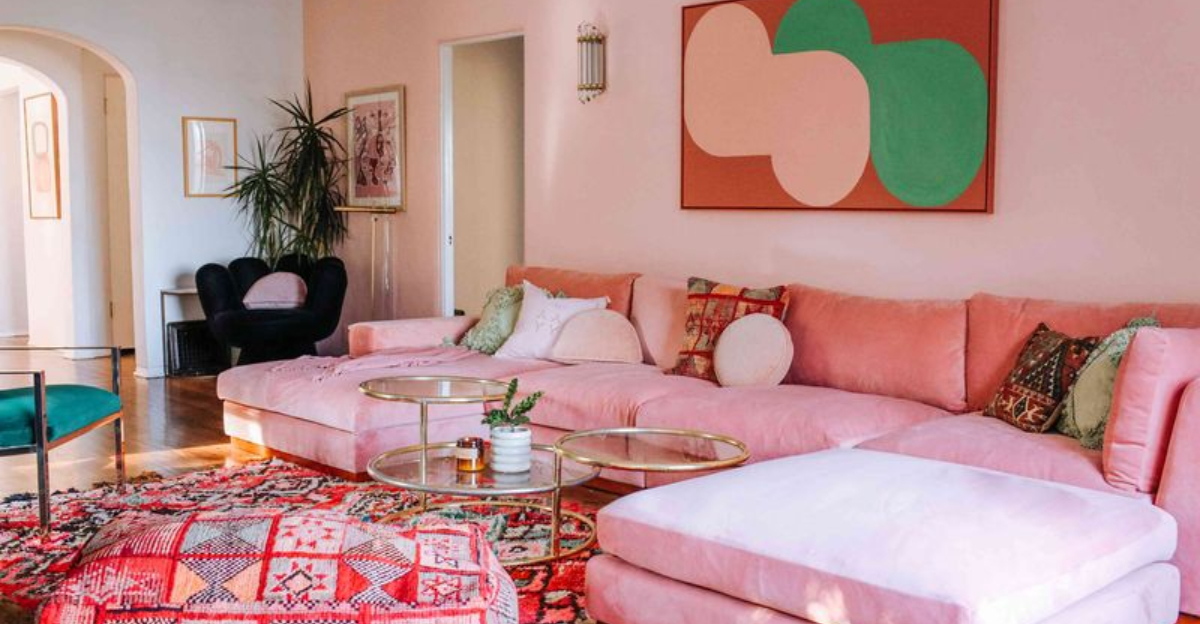Remember when everyone and their neighbor had a farmhouse sink and subway tiles? Interior design fashions shift faster than seasons, leaving yesterday’s must-haves gathering dust in the clearance bin.
Over the last five years, we’ve watched certain styles fade from Instagram feeds and Pinterest boards, making room for fresh aesthetics and renewed approaches to creating beautiful living spaces.
1. Gray-on-Gray-on-Gray
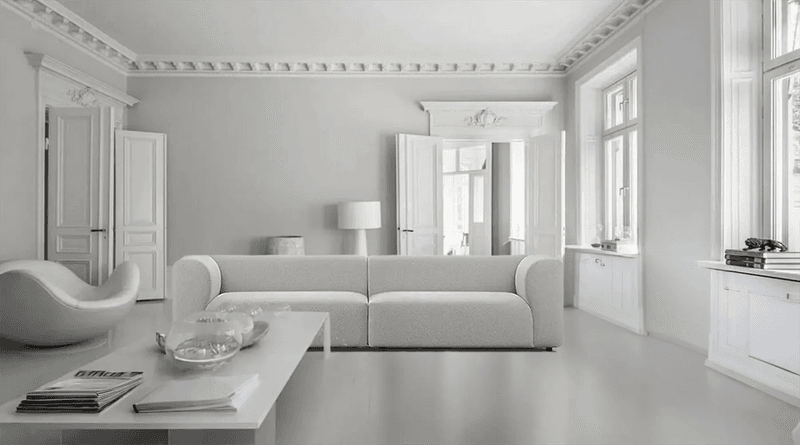
Walking into a monochromatic gray room once felt sophisticated and timeless. Now it reads as the cautionary tale of playing it too safe.
Walls, sofas, rugs, and accessories all bathed in varying shades of charcoal and slate created spaces that felt more morgue than modern. Colorful accents now rescue rooms from what we’ve come to recognize as the visual equivalent of a rainy Monday.
2. Barn Doors on Everything
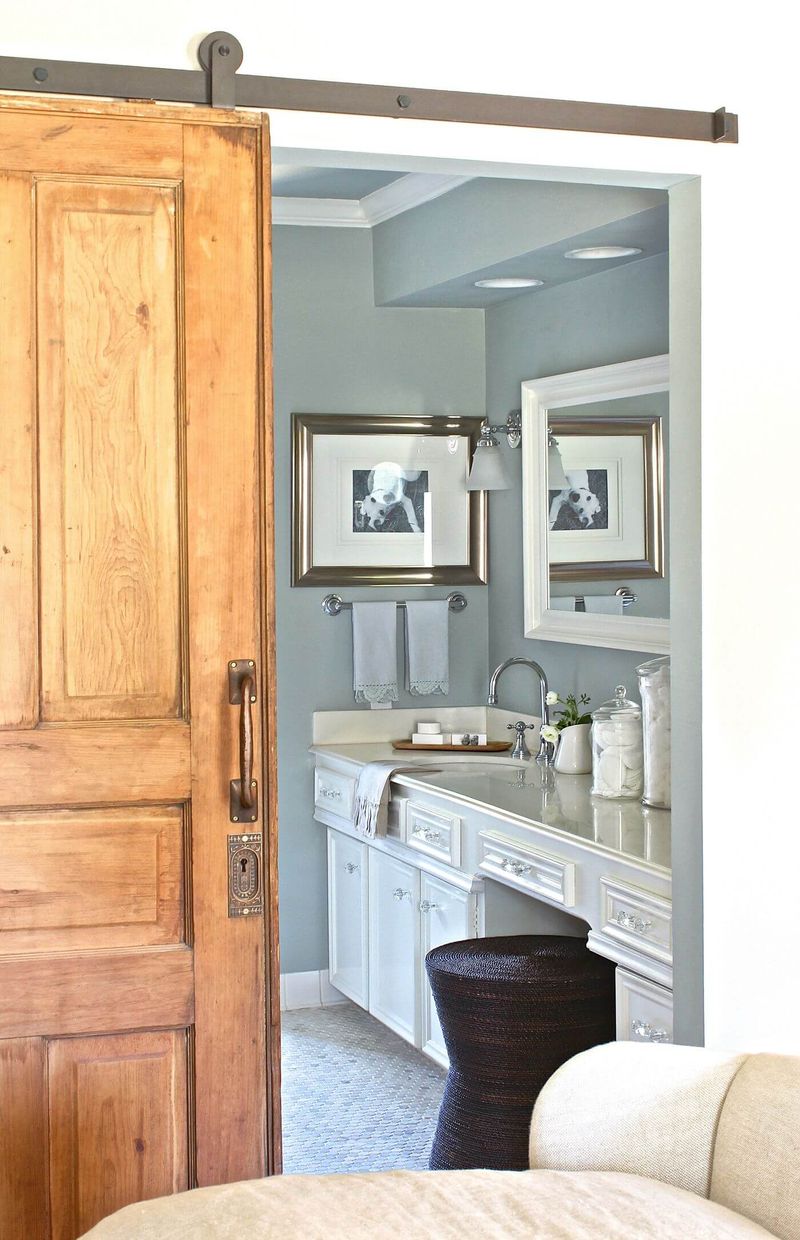
Farmhouse fever gripped America with sliding wooden panels appearing in suburban homes nowhere near actual barns. Mounted on exposed hardware, they rumbled across doorways from master baths to pantries.
HGTV stars couldn’t install them fast enough. Turns out, privacy becomes concerning when your bathroom door has decorative gaps and rolls away like a freight train announcing your every movement to houseguests.
3. Word Art Manifestos

Walls across America once screamed motivational platitudes at unsuspecting visitors. “Live Laugh Love” commanded living rooms. “Eat” helpfully labeled kitchens for confused diners.
Bedrooms ordered occupants to “Always Kiss Me Goodnight” while bathrooms suggested we “Soak Our Troubles Away.” Mercifully, walls have reclaimed silent dignity, allowing actions rather than giant cursive declarations to express household values.
4. Millennial Pink Everything
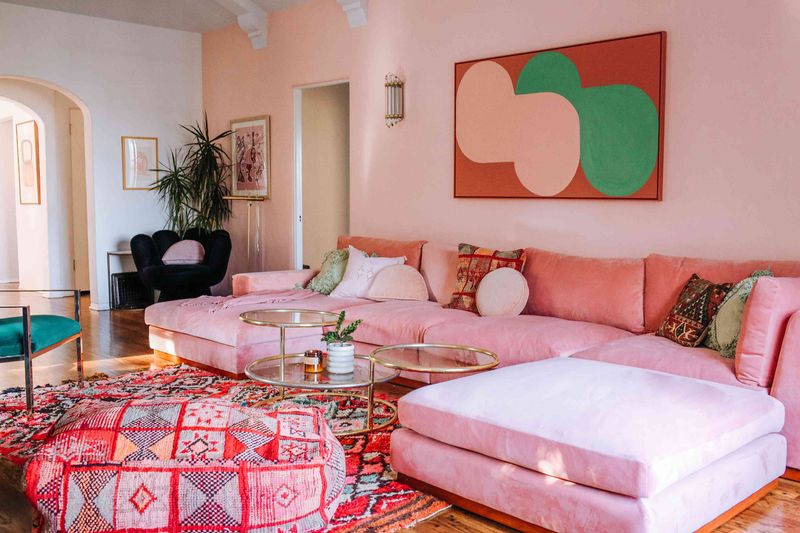
Blush-toned madness swept through homes like wildfire. Suddenly couches, accent walls, kitchen appliances, and bathroom tiles blushed in unison.
Fashion magazines declared it “not just pink, but an attitude” – apparently an attitude of following trends blindly. Eventually everyone sobered up from rosé-colored glasses syndrome, realizing cotton candy environments create visual cavities after prolonged exposure.
5. Edison Bulb Overload

Exposed filament bulbs dangled from ceilings everywhere, bathing restaurants, coffee shops and living rooms in sepia-toned dimness. Owners squinted proudly through headaches, convinced historical authenticity outweighed actual visibility.
Coffee shop patrons pretended to read menus by candlelight intensity while industrial-chic enthusiasts installed entire walls of energy-draining nostalgic lighting. Modern eyes eventually demanded functional brightness alongside aesthetics.
6. Copper Fever
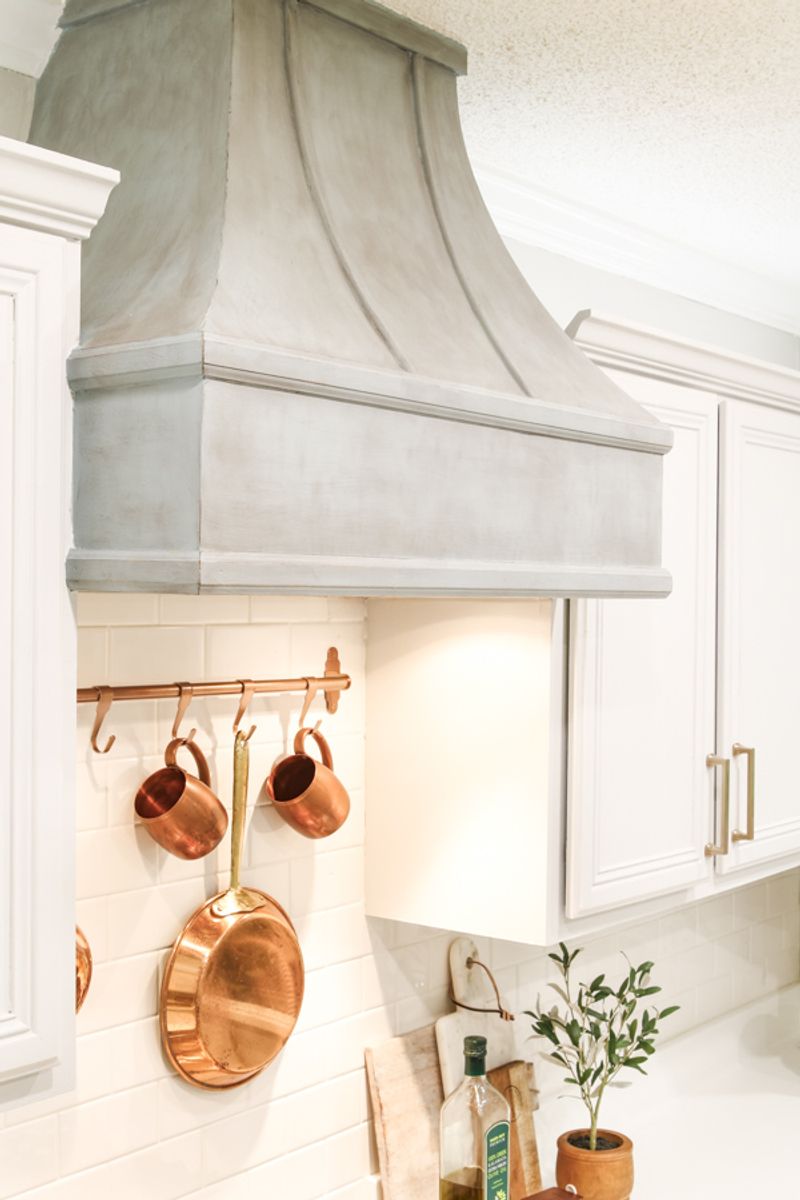
Gleaming copper accessories multiplied faster than rabbits. Moscow mule mugs appeared in cabinets of people who’d never tasted ginger beer. Kitchen utensils, planters, light fixtures – anything metal got the copper treatment.
Magazine stylists arranged carefully tarnished copper objects like archaeological treasures. Maintaining that perfect patina proved exhausting though, as fingerprints and water spots revealed copper’s high-maintenance personality beneath shiny first impressions.
7. Fiddle Leaf Fig Obsession
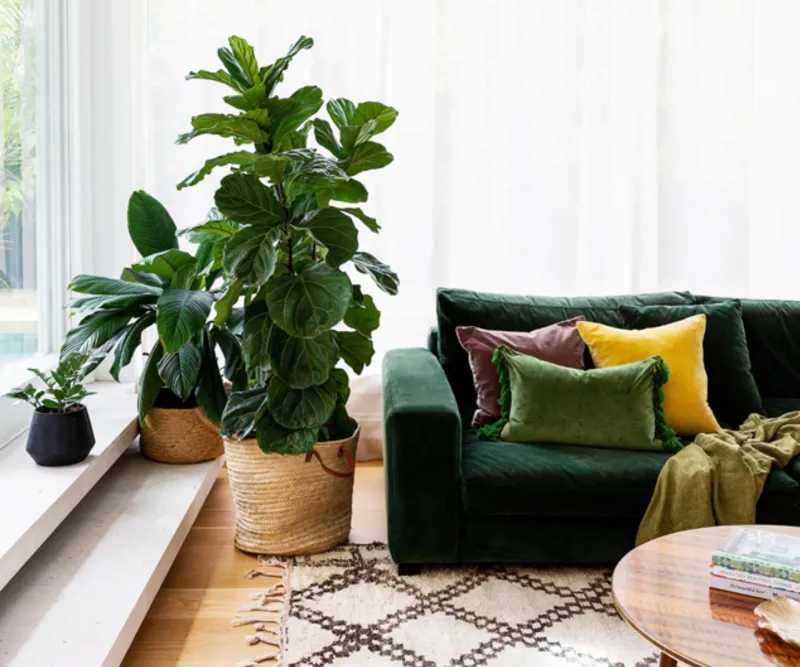
Notoriously finicky trees became mandatory status symbols despite their diva personalities and tendency toward dramatic leaf-dropping tantrums. Countless fiddles withered under anxious care of plant parents who mistook difficulty for exclusivity.
Instagram feeds filled with architectural branches while plant morgues filled with their crispy remains. Eventually, less temperamental greenery took center stage as people tired of botanical emotional abuse from plants requiring professional therapy.
8. All-White Kitchens
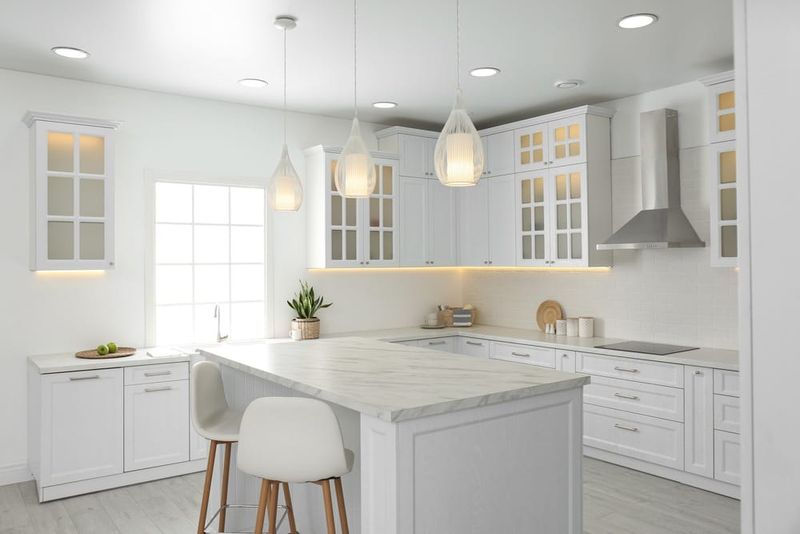
Clinical whiteness dominated cooking spaces with cabinets, counters, backsplashes, and appliances bleached of personality. Magazine-perfect but nightmare-inducing for anyone who actually cooks tomato sauce.
Homeowners scrubbed invisible stains while wondering why sparkling surfaces failed to deliver promised joy. Gradually, warm woods, colorful cabinets and character crept back as people rediscovered kitchens function better when designed for actual cooking rather than operating rooms.
9. Chevron Everything
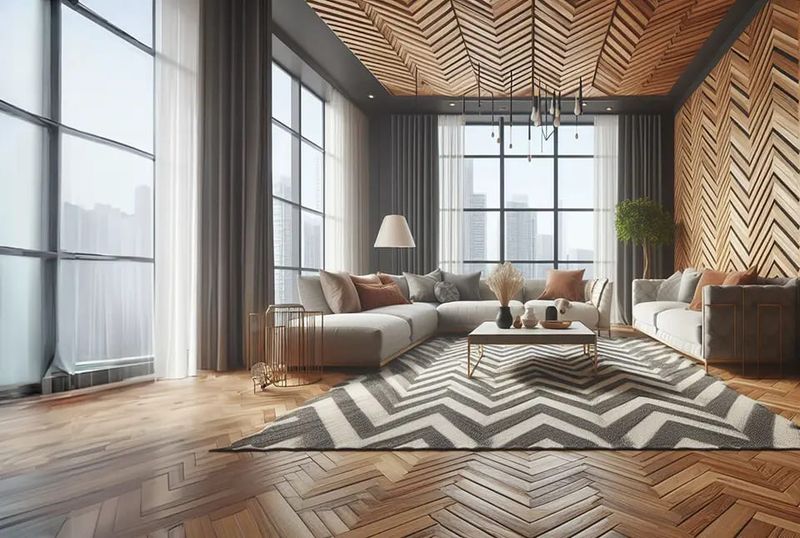
Zigzag patterns marched across every surface imaginable – rugs, pillows, curtains, bedding, even painted directly onto accent walls. Rooms vibrated with visual noise as chevron competed for attention from every angle.
Graphic designers worked overtime producing new iterations while eyes everywhere begged for mercy. Eventually pattern fatigue set in, sending chevron to join other retired motifs like damask and paisley in design history’s quieter corners.
10. Reclaimed Pallet Projects
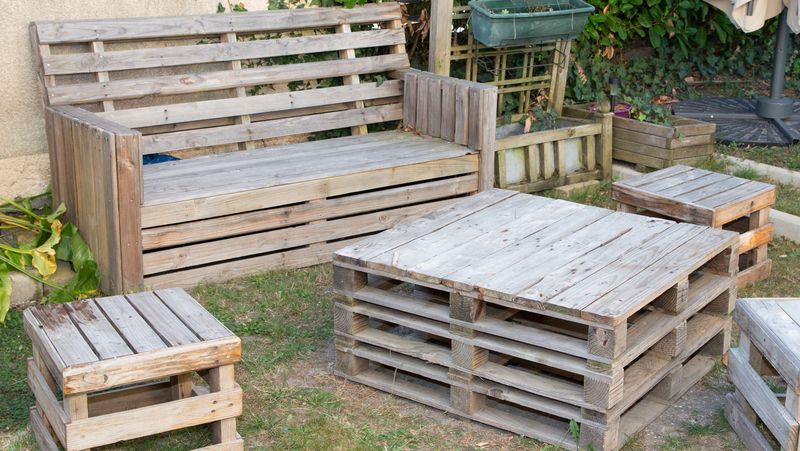
DIY warriors scavenged behind supermarkets for wooden shipping platforms, convinced grandchildren would cherish inherited pallet coffee tables. Pinterest boards overflowed with splintery creations – headboards, wall art, outdoor furniture.
Reality hit when sitting on rough-hewn pallet sofas proved less charming than photos suggested. Mysterious stains, chemical treatments, and splinters eventually dampened enthusiasm for furniture made from materials designed for forklifts rather than human comfort.
11. Mason Jar Mania
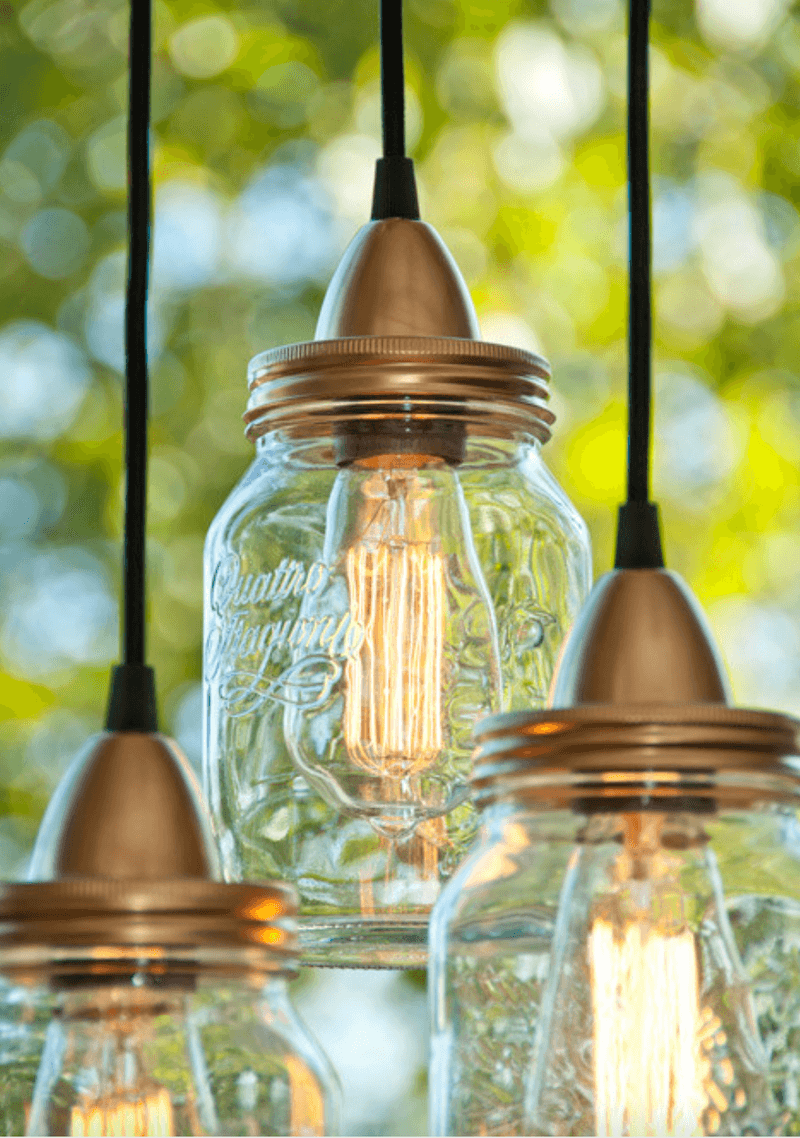
Humble canning vessels transformed into lighting fixtures, soap dispensers, drinking glasses, and wedding centerpieces. Grandmothers watched in confusion as preserving tools became decorative status symbols stripped of practical purpose.
Cocktails served in jars with handles puzzled drinkers who wondered why stemware technology regressed. Eventually glass manufacturers resumed production of actual drinking vessels, and mason jars returned to pantry shelves awaiting actual jam-making season.
12. Accent Walls Gone Wild
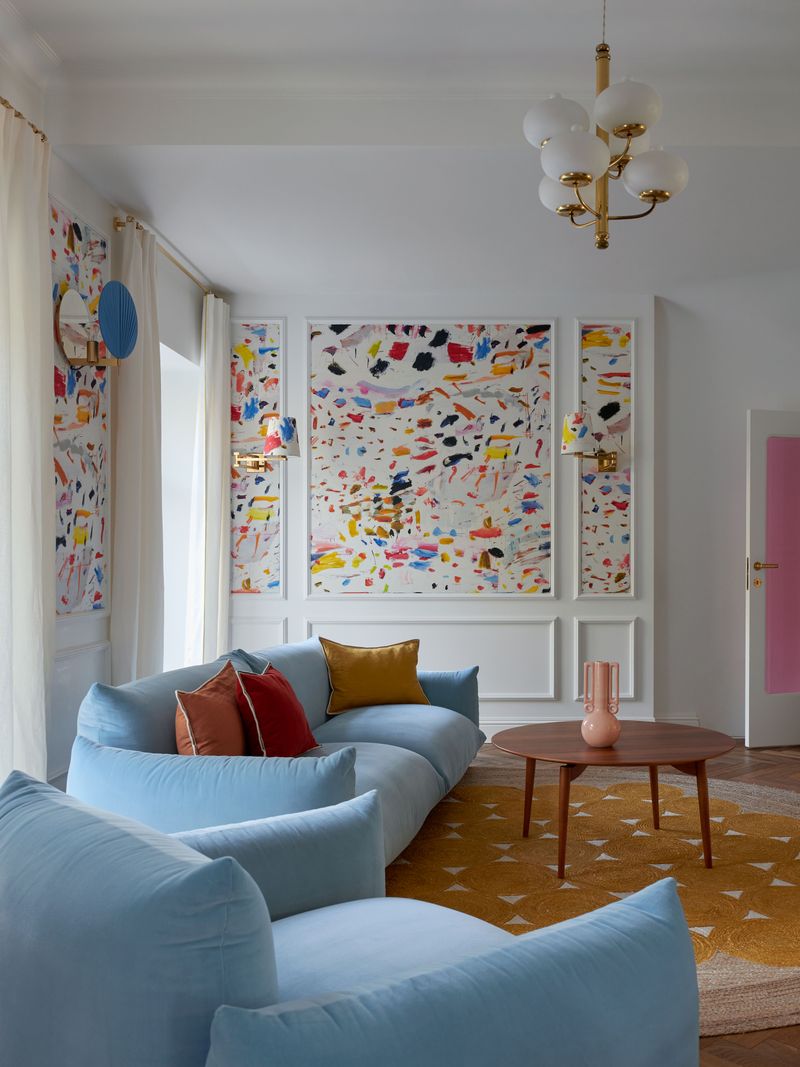
Random walls received star treatment via bold paint colors, wallpaper explosions, or reclaimed wood applications. Rooms felt like they suffered identity crises when single surfaces screamed for attention while others cowered in neutral.
Homeowners embraced architectural highlighting without understanding focal point principles. Gradually, cohesive design returned as people realized rooms function better when walls cooperate rather than compete in visual shouting matches.
13. Faux Taxidermy Overload

Plastic deer heads, ceramic animal busts, and metallic safari trophies mounted on walls of vegetarians who’d never held hunting licenses. White ceramic moose heads stared blankly from above fireplaces in suburban homes thousands of miles from actual moose habitat.
Gold-dipped antlers appeared in nurseries while cardboard unicorn heads watched over dining rooms. Eventually faux fauna populations thinned as design evolved beyond zoo-like displays of imaginary hunting prowess.
14. Overdone Succulents
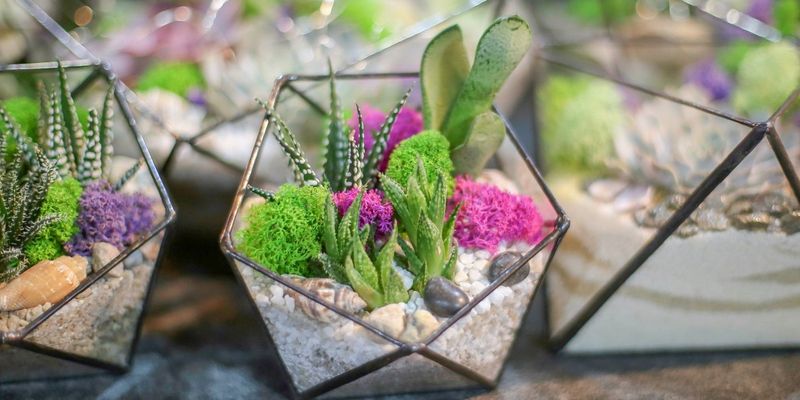
Miniature cacti and aloe arrangements multiplied across windowsills and coffee tables. Concrete planters, geometric terrariums, and macramé hangers showcased tiny green rosettes requiring minimal effort – supposedly.
Offices filled with supposedly unkillable plants that somehow still died. Eventually succulent fatigue set in as people admitted wanting plants with actual presence rather than tiny green blobs providing neither oxygen benefits nor visual impact worth dusting around.
15. Shiplap Syndrome
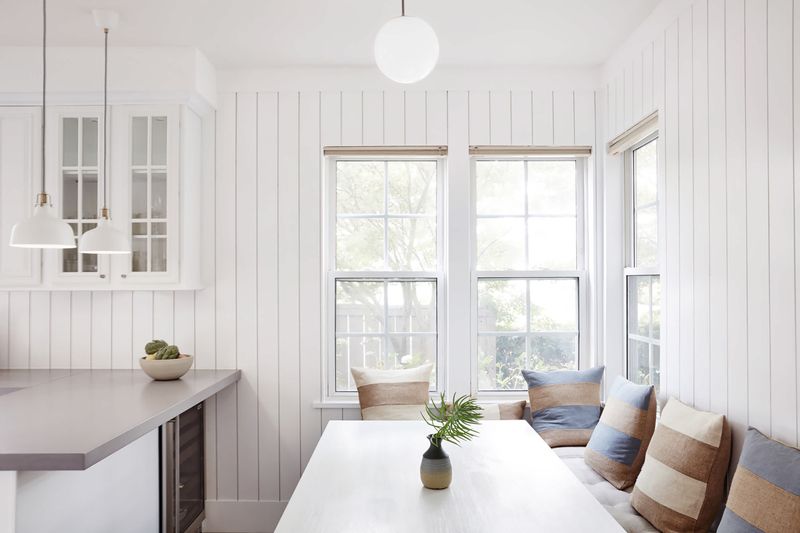
Horizontal wooden planking colonized interior walls faster than kudzu. Suburban homes nowhere near oceans suddenly looked like weathered beach cottages inside. Homeowners hammered pine boards across perfectly good drywall, convinced authenticity came from manufactured distressing.
Dust collected in decorative grooves while renovation shows installed miles of whitewashed planking. Eventually people remembered smooth walls offer practical advantages, like easier cleaning and not feeling trapped inside wooden crates.

